
-
 Español
Español
-
 Portugues
Portugues
-
 Pусский
Pусский
-
 Français
Français
-
 Deutsch
Deutsch
-
 日本語
日本語
-
 한국어
한국어
-
 العربية
العربية
-
 Italiano
Italiano
-
 Nederlands
Nederlands
-
 Ελληνικά
Ελληνικά
-
 Svenska
Svenska
-
 Polski
Polski
-
 ไทย
ไทย
-
 Türk dili
Türk dili
-
 हिन्दी
हिन्दी
-
 Indonesia
Indonesia
-
 Melayu
Melayu
-
 Tiếng Việt
Tiếng Việt
-
 中文
中文
-
 dansk
dansk
-
 Magyar
Magyar
-
 қазақ
қазақ
-
 বাংলা
বাংলা
-
 עִברִית
עִברִית
-
 čeština
čeština
-
 Soomaali
Soomaali
-
 မြန်မာ
မြန်မာ
-
 فارسی
فارسی
-
 українська
українська
-
 norsk
norsk
-
 Gaeilge
Gaeilge
-
 беларускі
беларускі
-
 Română
Română
-
 ພາສາລາວ
ພາສາລາວ
-
 Filipino
Filipino
-
 lietuvių
lietuvių
-
 Cymraeg
Cymraeg
-
 македонски
македонски
-
 Suomalainen
Suomalainen
-
 slovenský
slovenský
-
 o'zbek
o'zbek
-
 اردو
اردو
-
 հայերեն
հայերեն
-
 Igbo
Igbo
-
 български
български
-
 سنڌي
سنڌي
-
 Shona
Shona
-
 සිංහල
සිංහල
-
 Hrvatski
Hrvatski
-
 íslenskur
íslenskur
-
 galego
galego
-
 català
català
-
 Zulu South Africa
Zulu South Africa
-
 Afrikaans isiXhosa
Afrikaans isiXhosa
-
 ಕನ್ನಡ
ಕನ್ನಡ
-
 lëtzebuergesch
lëtzebuergesch
-
 Indonésia Sunda
Indonésia Sunda
-
 basa jawa
basa jawa
-
 ગુજરાતી
ગુજરાતી
-
 Кыргызча
Кыргызча
-
 тоҷикӣ
тоҷикӣ
-
 Србија
Србија
-
 Twi
Twi
-
 Hawaii
Hawaii
-
 Cebu
Cebu
-
 नेपाल
नेपाल
-
 euskara
euskara
-
 Kurdî
Kurdî
-
 frissi
frissi
-
 יידיש
יידיש
-
 latvija
latvija
-
 slovenija
slovenija
-
 kiswahili
kiswahili
-
 ਪੰਜਾਬ
ਪੰਜਾਬ
-
 پښتو
پښتو
-
 საქართველოს
საქართველოს
-
 hua moni
hua moni
-
 bosna
bosna
-
 తెలుగు
తెలుగు
-
 தமிழ்
தமிழ்
-
 Kreyòl ayisyen
Kreyòl ayisyen
-
 Eesti
Eesti
-
 Corsica
Corsica
-
 Yoruba
Yoruba
-
 Gàidhlig na h-Alba
Gàidhlig na h-Alba
-
 Samoa
Samoa
-
 Монгол
Монгол
-
 Hausa
Hausa
-
 Azərbaycan
Azərbaycan
-
 አማራ
አማራ
-
 Shqipëria
Shqipëria
-
 Malagasy
Malagasy
-
 मराठी
मराठी
-
 മലയാളം
മലയാളം
-
 Malta
Malta
-
 ខ្មែរ
ខ្មែរ
-
 Chicheva
Chicheva
-
 中文(繁体)
中文(繁体)
-
 ଓଡିଆ
ଓଡିଆ
-
 Setswana
Setswana
-
 Afrikaans
Afrikaans
-
 Aymara
Aymara
-
 Башҡорт
Башҡорт
-
 Türkmenler
Türkmenler
-
 ትግሪኛ
ትግሪኛ
-
 Afaan Oromoo
Afaan Oromoo
-
 অসমীয়া
অসমীয়া
-
 Kinyarwanda
Kinyarwanda
-
 Ilocano
Ilocano
-
 Wolof
Wolof
-
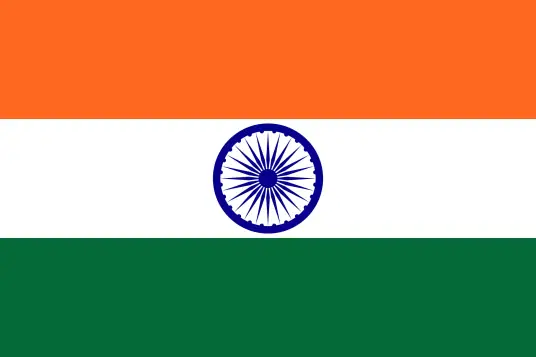 अवधी
अवधी
-
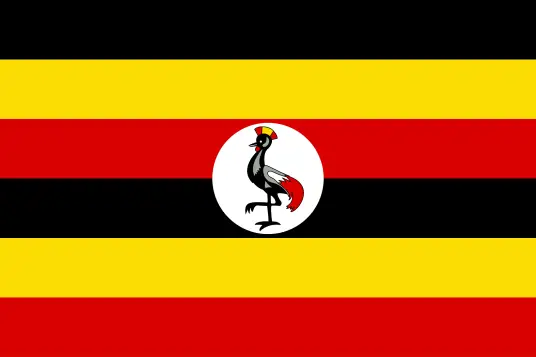 Oluganda
Oluganda
-
 Bikol
Bikol
-
 Fulɓe
Fulɓe
-
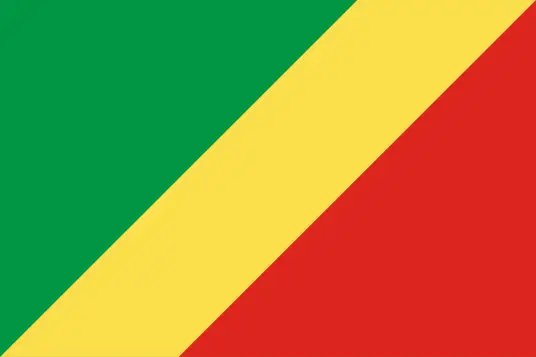 Kikongo
Kikongo
-
 Sango
Sango
-
 ދިވެހި
ދިވެހި
-
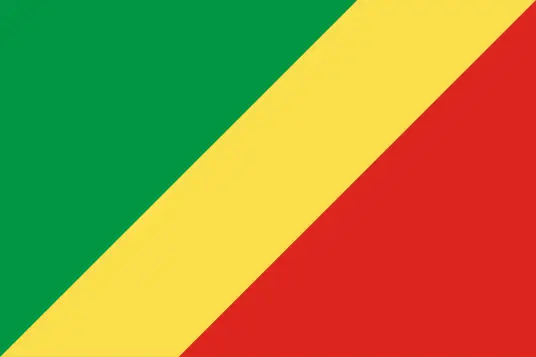 Lingala
Lingala
-
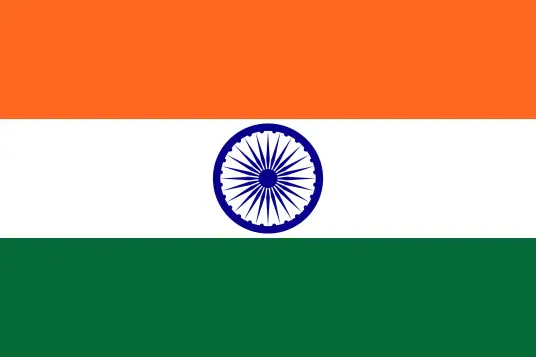 मैथिली
मैथिली
-
 Tsonga
Tsonga
-
 ꯃꯦꯏ ꯊꯥꯏ꯫
ꯃꯦꯏ ꯊꯥꯏ꯫
-
 brezhoneg
brezhoneg
-
 Furlan
Furlan
-
 नेवा
नेवा
-
 རྫོང་ཁ
རྫོང་ཁ
-
 Santali
Santali
-
 Аҧсуа
Аҧсуа
-
 Нохчийн
Нохчийн
-
 Чӑваш
Чӑваш
-
 Татар
Татар
-
 Batak Karo
Batak Karo
-
 دری
دری
-
 Diura
Diura
-
 Fengyu
Fengyu
-
 Eʋegbe
Eʋegbe
-
 Iban
Iban
-
 Fiji
Fiji
-
 Tonga
Tonga
-
 Inuktitut
Inuktitut
-
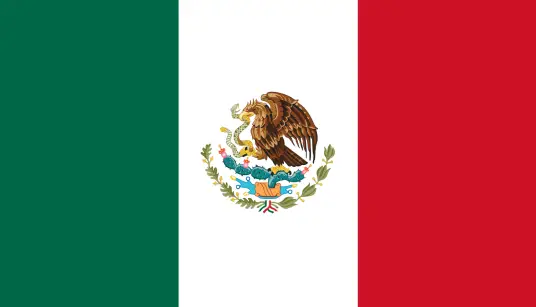 Nahuatl
Nahuatl
-
 maaya yucatec
maaya yucatec
-
 Runasimi
Runasimi
-
 guarani
guarani
-
 Qafar
Qafar
-
 Acholi
Acholi
-
 Dinka
Dinka
-
 Luo
Luo
-
 Lundi
Lundi
-
 isiNdebele
isiNdebele
-
 Tshivenḓa
Tshivenḓa
-
 Sesotho sa Leboa
Sesotho sa Leboa
-
 Sesotho sa Borwa
Sesotho sa Borwa
-
 Ndumbe
Ndumbe
-
 Papuan Pidgin
Papuan Pidgin
-
 Rromani ćhib
Rromani ćhib
-
 Thok Nath
Thok Nath
yuxiatugong@163.com
+86 18353494641
-
 Español
Español
-
 Portugues
Portugues
-
 Pусский
Pусский
-
 Français
Français
-
 Deutsch
Deutsch
-
 日本語
日本語
-
 한국어
한국어
-
 العربية
العربية
-
 Italiano
Italiano
-
 Nederlands
Nederlands
-
 Ελληνικά
Ελληνικά
-
 Svenska
Svenska
-
 Polski
Polski
-
 ไทย
ไทย
-
 Türk dili
Türk dili
-
 हिन्दी
हिन्दी
-
 Indonesia
Indonesia
-
 Melayu
Melayu
-
 Tiếng Việt
Tiếng Việt
-
 中文
中文
-
 dansk
dansk
-
 Magyar
Magyar
-
 қазақ
қазақ
-
 বাংলা
বাংলা
-
 עִברִית
עִברִית
-
 čeština
čeština
-
 Soomaali
Soomaali
-
 မြန်မာ
မြန်မာ
-
 فارسی
فارسی
-
 українська
українська
-
 norsk
norsk
-
 Gaeilge
Gaeilge
-
 беларускі
беларускі
-
 Română
Română
-
 ພາສາລາວ
ພາສາລາວ
-
 Filipino
Filipino
-
 lietuvių
lietuvių
-
 Cymraeg
Cymraeg
-
 македонски
македонски
-
 Suomalainen
Suomalainen
-
 slovenský
slovenský
-
 o'zbek
o'zbek
-
 اردو
اردو
-
 հայերեն
հայերեն
-
 Igbo
Igbo
-
 български
български
-
 سنڌي
سنڌي
-
 Shona
Shona
-
 සිංහල
සිංහල
-
 Hrvatski
Hrvatski
-
 íslenskur
íslenskur
-
 galego
galego
-
 català
català
-
 Zulu South Africa
Zulu South Africa
-
 Afrikaans isiXhosa
Afrikaans isiXhosa
-
 ಕನ್ನಡ
ಕನ್ನಡ
-
 lëtzebuergesch
lëtzebuergesch
-
 Indonésia Sunda
Indonésia Sunda
-
 basa jawa
basa jawa
-
 ગુજરાતી
ગુજરાતી
-
 Кыргызча
Кыргызча
-
 тоҷикӣ
тоҷикӣ
-
 Србија
Србија
-
 Twi
Twi
-
 Hawaii
Hawaii
-
 Cebu
Cebu
-
 नेपाल
नेपाल
-
 euskara
euskara
-
 Kurdî
Kurdî
-
 frissi
frissi
-
 יידיש
יידיש
-
 latvija
latvija
-
 slovenija
slovenija
-
 kiswahili
kiswahili
-
 ਪੰਜਾਬ
ਪੰਜਾਬ
-
 پښتو
پښتو
-
 საქართველოს
საქართველოს
-
 hua moni
hua moni
-
 bosna
bosna
-
 తెలుగు
తెలుగు
-
 தமிழ்
தமிழ்
-
 Kreyòl ayisyen
Kreyòl ayisyen
-
 Eesti
Eesti
-
 Corsica
Corsica
-
 Yoruba
Yoruba
-
 Gàidhlig na h-Alba
Gàidhlig na h-Alba
-
 Samoa
Samoa
-
 Монгол
Монгол
-
 Hausa
Hausa
-
 Azərbaycan
Azərbaycan
-
 አማራ
አማራ
-
 Shqipëria
Shqipëria
-
 Malagasy
Malagasy
-
 मराठी
मराठी
-
 മലയാളം
മലയാളം
-
 Malta
Malta
-
 ខ្មែរ
ខ្មែរ
-
 Chicheva
Chicheva
-
 中文(繁体)
中文(繁体)
-
 ଓଡିଆ
ଓଡିଆ
-
 Setswana
Setswana
-
 Afrikaans
Afrikaans
-
 Aymara
Aymara
-
 Башҡорт
Башҡорт
-
 Türkmenler
Türkmenler
-
 ትግሪኛ
ትግሪኛ
-
 Afaan Oromoo
Afaan Oromoo
-
 অসমীয়া
অসমীয়া
-
 Kinyarwanda
Kinyarwanda
-
 Ilocano
Ilocano
-
 Wolof
Wolof
-
 अवधी
अवधी
-
 Oluganda
Oluganda
-
 Bikol
Bikol
-
 Fulɓe
Fulɓe
-
 Kikongo
Kikongo
-
 Sango
Sango
-
 ދިވެހި
ދިވެހި
-
 Lingala
Lingala
-
 मैथिली
मैथिली
-
 Tsonga
Tsonga
-
 ꯃꯦꯏ ꯊꯥꯏ꯫
ꯃꯦꯏ ꯊꯥꯏ꯫
-
 brezhoneg
brezhoneg
-
 Furlan
Furlan
-
 नेवा
नेवा
-
 རྫོང་ཁ
རྫོང་ཁ
-
 Santali
Santali
-
 Аҧсуа
Аҧсуа
-
 Нохчийн
Нохчийн
-
 Чӑваш
Чӑваш
-
 Татар
Татар
-
 Batak Karo
Batak Karo
-
 دری
دری
-
 Diura
Diura
-
 Fengyu
Fengyu
-
 Eʋegbe
Eʋegbe
-
 Iban
Iban
-
 Fiji
Fiji
-
 Tonga
Tonga
-
 Inuktitut
Inuktitut
-
 Nahuatl
Nahuatl
-
 maaya yucatec
maaya yucatec
-
 Runasimi
Runasimi
-
 guarani
guarani
-
 Qafar
Qafar
-
 Acholi
Acholi
-
 Dinka
Dinka
-
 Luo
Luo
-
 Lundi
Lundi
-
 isiNdebele
isiNdebele
-
 Tshivenḓa
Tshivenḓa
-
 Sesotho sa Leboa
Sesotho sa Leboa
-
 Sesotho sa Borwa
Sesotho sa Borwa
-
 Ndumbe
Ndumbe
-
 Papuan Pidgin
Papuan Pidgin
-
 Rromani ćhib
Rromani ćhib
-
 Thok Nath
Thok Nath

News Center
News Center
HOT PRODUCT
Nonwoven Geotextile Fabric Roll Sizes and GSM Options
2025-10-01 08:28:23
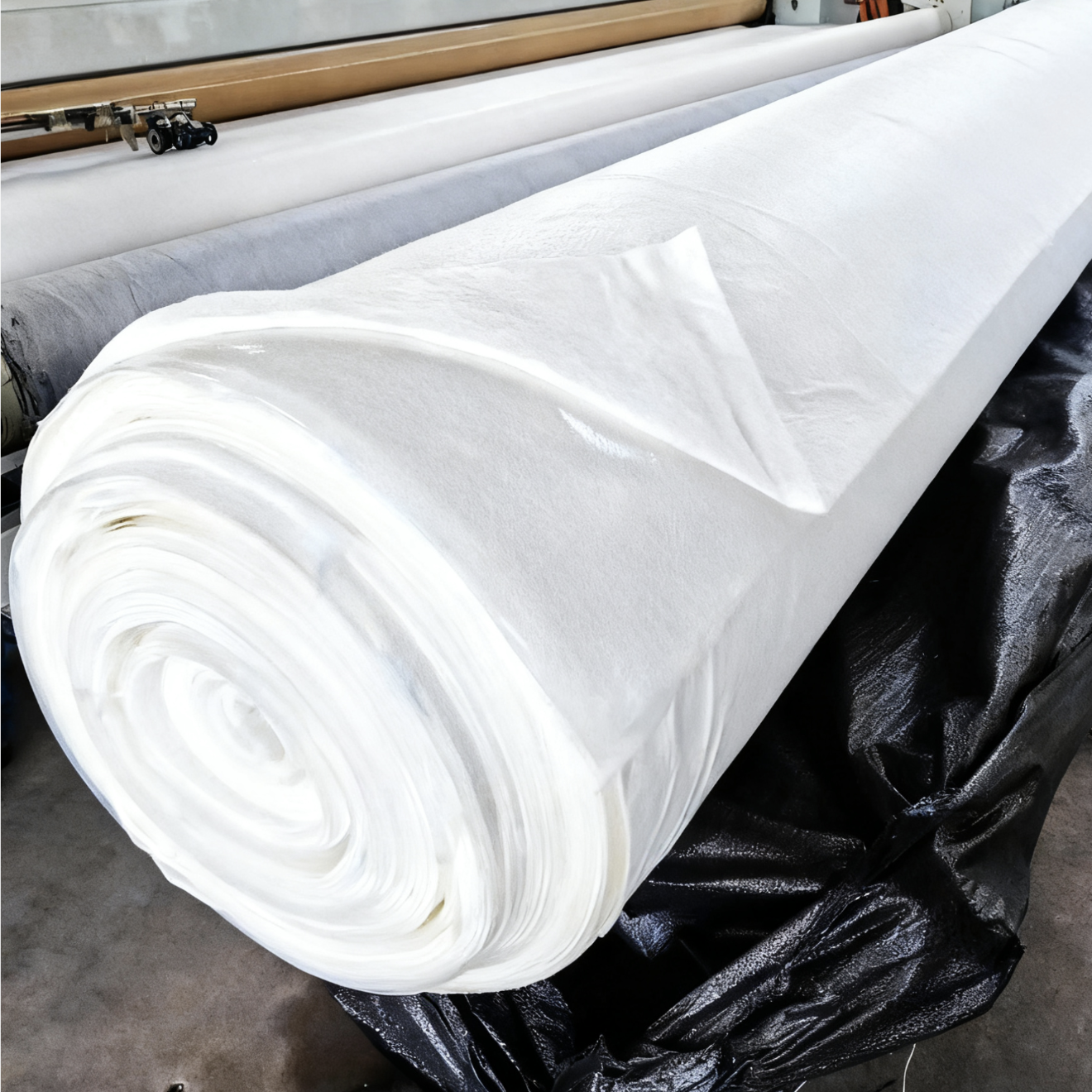
Nonwoven Geotextile Fabric Roll Sizes and GSM Options: A Comprehensive Guide
Introduction to NonWoven Geotextile Fabrics
Nonwoven geotextile fabrics have become essential materials in modern civil engineering, construction, and environmental protection projects. These versatile synthetic textiles are manufactured by bonding or interlocking fibers together through mechanical, thermal, or chemical processes rather than weaving or knitting. The result is a durable, permeable fabric that offers numerous advantages for various applications.
The selection of appropriate nonwoven geotextile fabric involves careful consideration of two primary factors: roll sizes and GSM (grams per square meter) options. These parameters directly influence the fabric's performance characteristics, including strength, filtration capability, and durability. This comprehensive guide explores the standard and custom options available in the market, helping professionals make informed decisions for their specific project requirements.
Understanding GSM in Nonwoven Geotextiles
What is GSM?
GSM stands for grams per square meter, a metric measurement that indicates the weight and density of geotextile fabric. This measurement is crucial because it directly correlates with several performance characteristics:
- Thickness: Higher GSM fabrics are generally thicker
- Strength: Tensile strength typically increases with higher GSM
- Filtration capacity: Pore size and filtration efficiency relate to GSM
- Durability: Heavier fabrics often offer better resistance to installation damage
Common GSM Options
Nonwoven geotextile fabrics are available in a wide range of GSM options to suit different applications:
1. Lightweight (100-150 GSM): Suitable for landscaping, temporary erosion control, and light separation applications
2. Medium-weight (150-300 GSM): Commonly used for road construction, railway stabilization, and drainage systems
3. Heavyweight (300-500 GSM): Ideal for landfill applications, shoreline protection, and demanding separation projects
4. Extra-heavyweight (500+ GSM): Used in specialized applications requiring exceptional strength and durability
The selection of GSM depends on the specific engineering requirements, including load-bearing capacity, expected traffic, and environmental conditions.
Standard Roll Sizes for Nonwoven Geotextiles
Width Options
Nonwoven geotextile fabrics are typically manufactured in standard roll widths to accommodate various project scales:
1. Narrow widths (1-2 meters): Suitable for small-scale projects, landscaping, and repair work
2. Medium widths (2-4 meters): Common for road construction, drainage systems, and erosion control
3. Wide widths (4-6 meters): Used in large-scale civil engineering projects to minimize seams
4. Extra-wide widths (6+ meters): Available for specialized applications requiring continuous coverage
Length Options
Roll lengths vary significantly based on GSM and intended use:
1. Short rolls (50-100 meters): Convenient for small projects and easier handling
2. Standard rolls (100-200 meters): Most common for general construction applications
3. Long rolls (200-400 meters): Preferred for large infrastructure projects to reduce joints
4. Custom lengths: Available to meet specific project requirements
Factors Influencing Roll Size Selection
Several considerations affect the choice of roll dimensions:
1. Project scale: Larger projects benefit from wider and longer rolls
2. Transportation constraints: Truck dimensions may limit maximum roll size
3. Storage conditions: Available space at job sites influences roll selection
4. Installation equipment: The machinery used may dictate optimal roll dimensions
5. Minimizing waste: Proper size selection reduces cutting and material waste
Relationship Between GSM and Roll Dimensions
Weight Considerations
The GSM rating directly impacts the practical roll sizes available:
1. Lightweight fabrics (100-200 GSM): Can be supplied in longer rolls (up to 400 meters) due to manageable weight
2. Medium-weight fabrics (200-400 GSM): Typically limited to 200-300 meter rolls for handling convenience
3. Heavyweight fabrics (400+ GSM): Often supplied in shorter rolls (50-150 meters) due to weight constraints
Handling and Installation
Higher GSM fabrics present unique challenges:
1. Equipment requirements: Heavier rolls may need specialized handling equipment
2. Labor considerations: More workers may be required for installation of heavy materials
3. Transport limitations: Maximum roll weights may be restricted by transportation regulations
Specialized GSM and Roll Size Combinations
High-Strength Applications
For projects requiring exceptional strength without excessive thickness:
1. Reinforced nonwovens: Combine different GSM layers for optimized performance
2. Composite materials: Hybrid fabrics with specific GSM characteristics
Environmental Applications
Specialized GSM options exist for:
1. Landfill liners: Typically 300-500 GSM with wide roll options
2. Erosion control: Varied GSM based on slope and water flow conditions
3. Wetland restoration: Specific GSM for filtration and root penetration
Customization Options
Tailored GSM Specifications
Manufacturers can often produce fabrics with:
1. Precise GSM variations: Within ±5% of target weight
2. Gradual transitions: For projects requiring changing specifications
3. Zoned fabrics: Different GSM areas within the same roll
Bespoke Roll Dimensions
Special projects may require:
1. Non-standard widths: To match unique project geometries
2. Pre-cut lengths: For prefabricated solutions
3. Slit rolls: Multiple narrower rolls from standard widths
Technical Specifications and Performance
Physical Properties by GSM
1. Tensile strength: Typically ranges from 5 kN/m (100 GSM) to 30 kN/m (500 GSM)
2. Elongation at break: Generally between 50-100% depending on GSM and polymer type
3. Puncture resistance: Improves with higher GSM values
4. Permeability: Varies inversely with GSM for similar polymer types
Hydraulic Properties
1. Water flow rate: Affected by GSM and fiber arrangement
2. Filtration efficiency: Higher GSM can provide finer filtration
3. Clogging resistance: Balanced with GSM and porosity
Application-Specific Recommendations
Road Construction
1. Subgrade separation: 150-250 GSM, 4-6 meter widths
2. Pavement rehabilitation: 200-300 GSM, standard roll lengths
3. Railway stabilization: 250-350 GSM, wide roll options
Drainage Systems
1. French drains: 100-150 GSM, narrow rolls for easy installation
2. Retaining wall drainage: 150-200 GSM, medium width rolls
3. Landfill leachate collection: 300-400 GSM, extra-wide rolls
Erosion Control
1. Slope stabilization: 150-250 GSM, depending on slope angle
2. Channel protection: 200-300 GSM, with appropriate roll lengths
3. Coastal applications: 300-500 GSM, heavy-duty roll options
Installation Considerations for Different GSM and Roll Sizes
Lightweight Fabrics
1. Handling: Can often be installed manually
2. Overlap requirements: Typically 300-600mm depending on application
3. Anchoring: Lightweight fabrics may require more frequent anchoring
Heavyweight Fabrics
1. Equipment: May require mechanical unrolling devices
2. Seaming: Often needs specialized joining techniques
3. Subgrade preparation: More critical for proper performance
Storage and Handling Guidelines
Roll Storage
1. Indoor storage: Preferred to prevent UV degradation
2. Stacking limitations: Based on roll size and GSM
3. Protection: From moisture, dirt, and mechanical damage
Transportation
1. Loading procedures: Proper techniques for different roll sizes
2. Securing methods: To prevent damage during transit
3. Weight distribution: Especially important for heavy GSM rolls
Quality Control and Testing
GSM Verification
1. Sampling procedures: Representative sections for testing
2. Measurement techniques: Standardized weighing methods
3. Tolerances: Acceptable variations in GSM
Roll Dimension Checks
1. Width verification: Confirming specified dimensions
2. Length measurement: Ensuring correct roll quantities
3. Edge straightness: Important for proper installation
Environmental Considerations
Sustainable Options
1. Recycled materials: Available in various GSM options
2. Biodegradable alternatives: Emerging technologies with specific GSM ranges
3. Longevity considerations: Higher GSM often correlates with longer service life
Disposal and Recycling
1. End-of-life options: Vary by GSM and polymer type
2. Recycling potential: Some GSM ranges more suitable for reprocessing
3. Environmental impact: Related to GSM and material composition
Future Trends in Nonwoven Geotextile Sizes and GSM
Technological Advancements
1. Smart geotextiles: Incorporating sensors with specific GSM requirements
2. Nano-enhanced fabrics: Potential for high-performance at lower GSM
3. Advanced polymers: Enabling new GSM-performance relationships
Market Demands
1. Larger roll sizes: For mega infrastructure projects
2. Specialized GSM options: For emerging applications
3. Customization growth: Increasing demand for tailored solutions
Conclusion
The selection of nonwoven geotextile fabric roll sizes and GSM options represents a critical decision point in project planning and execution. Understanding the relationship between these parameters and performance characteristics enables engineers, contractors, and specifiers to optimize their material choices for each unique application.
From lightweight landscaping fabrics to heavy-duty erosion control solutions, the range of available GSM options and roll dimensions provides flexibility to meet virtually any project requirement. By carefully considering the factors outlined in this guide—including application needs, handling requirements, and performance expectations—professionals can select the most appropriate nonwoven geotextile fabric for their specific situation.
As technology advances and project demands evolve, the nonwoven geotextile industry continues to innovate, offering ever more specialized GSM and roll size combinations to address the complex challenges of modern construction and environmental protection projects.








 Phone
Phone
Comment
(0)